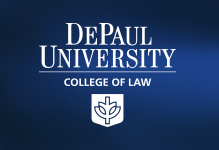Abstract
The prospect of mandatory random drug testing of physicians in the U.S. has been the subject of active discussion for well over three decades.1 To this day, however, such programs remain the exception rather than the rule.2 In this paper, we examine the state of mandatory random drug testing of physicians in the U.S. and explore the future prospects thereof. It was a 1986 Executive Order (Drug-Free Federal Workplace) of President Reagan that saw to it that physicians in the employ of the federal government were to be subjected to mandatory random drug testing.3 This development was attributable to the edict that “the head of each Executive agency shall establish a program to test for the use of illegal drugs by employees in sensitive positions.”4 The aforementioned initiative was further expanded by the enactment of the Drug-Free Workplace Act of 1988 (DFWA) which required some federal contractors and all federal grantees to maintain drug-free workplaces as a precondition to receiving a federal grant or a contract. 5 Health care enterprises, many of which are federal grantees, were inevitably affected. It follows that the lion’s share of the federal physician workforce that is required to submit to mandatory random drug testing is deployed by the U.S. Departments of Defense, Veterans Affairs, and Health and Human Services (HHS).
Recommended Citation
Jeffrey Julian, Eli Y. Adashi & I. Glenn Cohen,
Random Drug Testing of Physicians: A Question of Safety,
25
DePaul J. Health Care L.
1
(2024)
Available at:
https://via.library.depaul.edu/jhcl/vol25/iss2/1
